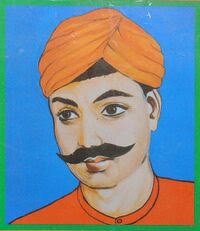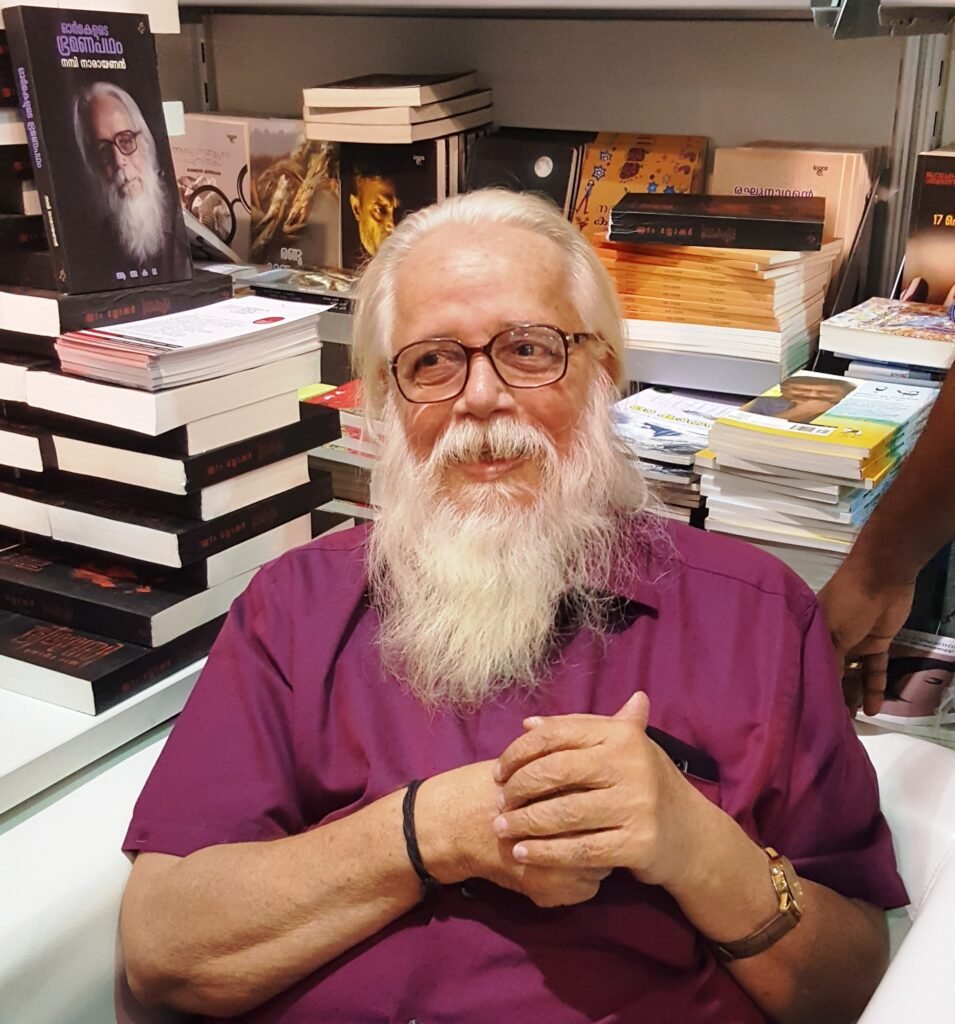Introduction
On April 24, 2025, Harish Khare, former editor-in-chief of The Tribune, published an opinion piece in The Wire titled “After Pahalgam, the Real Test of India’s National Wisdom—Thwarting the Invitation to Civil War” [1]. This article addresses a recent terrorist attack in Pahalgam, Jammu and Kashmir, where a Pakistan-based group claimed responsibility for massacring pilgrims. Khare frames the incident as a deliberate attempt to exploit India’s communal fault lines, particularly the Hindu-Muslim divide, to provoke internal conflict. He critiques the Rashtriya Swayamsevak Sangh (RSS) for exacerbating these tensions through its ideology of Hindu consolidation. This expanded article revisits Khare’s arguments, incorporating additional sources to contextualize the Pahalgam massacre, the RSS’s role, and the broader implications for India’s social fabric.
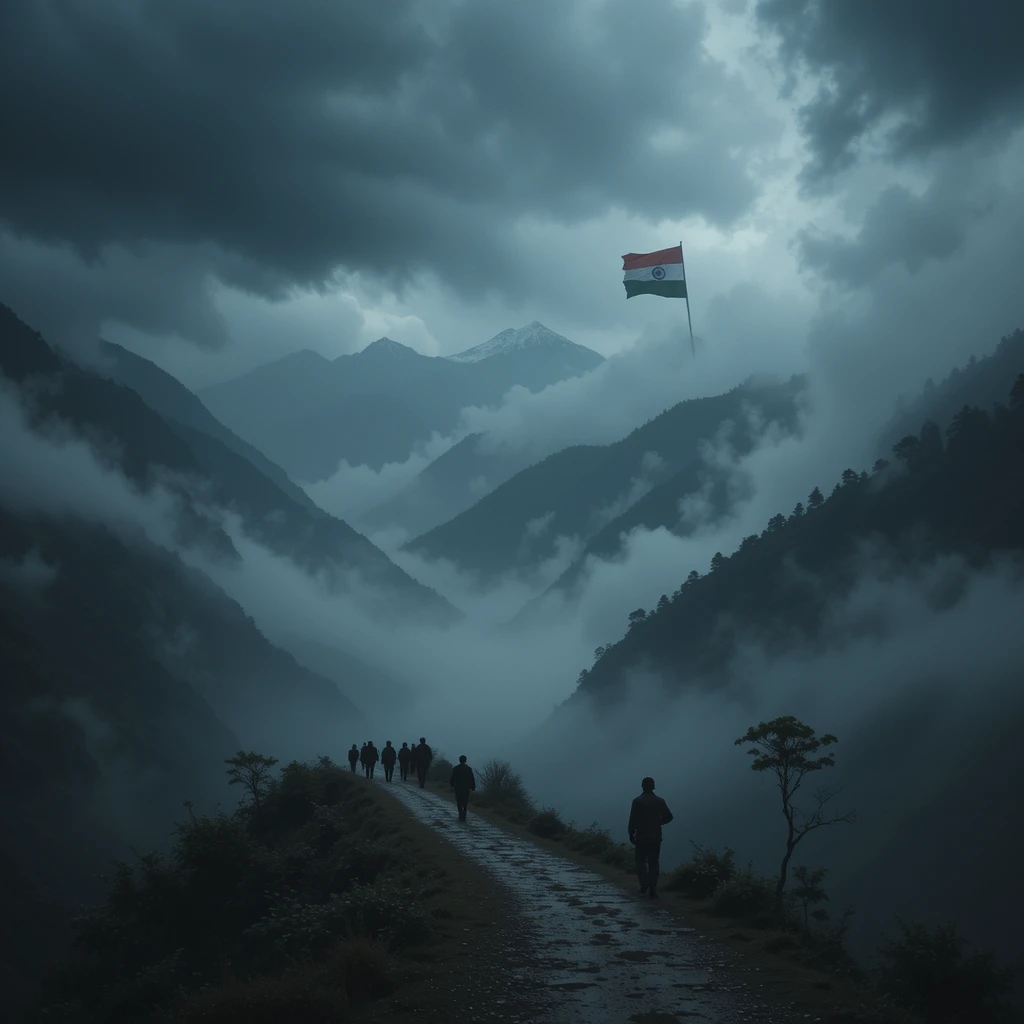
Table of Contents
The Pahalgam Massacre: A Catalyst for Communal Strife
The Pahalgam attack targeted pilgrims, a group symbolizing religious devotion, making it a potent trigger for communal outrage. Khare argues that Pakistan’s intent was to provoke India into a response that would deepen internal divisions, potentially leading to “civil war” [1]. According to reports, the attack resulted in significant loss of life, with the perpetrators aiming to destabilize India’s social cohesion [2]. The choice of Pahalgam, a site of religious significance, amplifies its emotional impact, as seen in past attacks on pilgrimage sites like Amarnath [3].
Khare warns that a “muscular” response, such as military action against Pakistan, could inflame communal passions within India, turning villages and towns into “battlegrounds of inter-community violence” [1]. Historical precedents, such as the 2002 Gujarat riots, where communal violence followed provocative incidents, underscore this risk [4]. While Khare avoids the term “genocide,” his reference to civil war evokes the potential for widespread, targeted violence against minorities, reminiscent of Gujarat, which critics have described as genocidal [5].
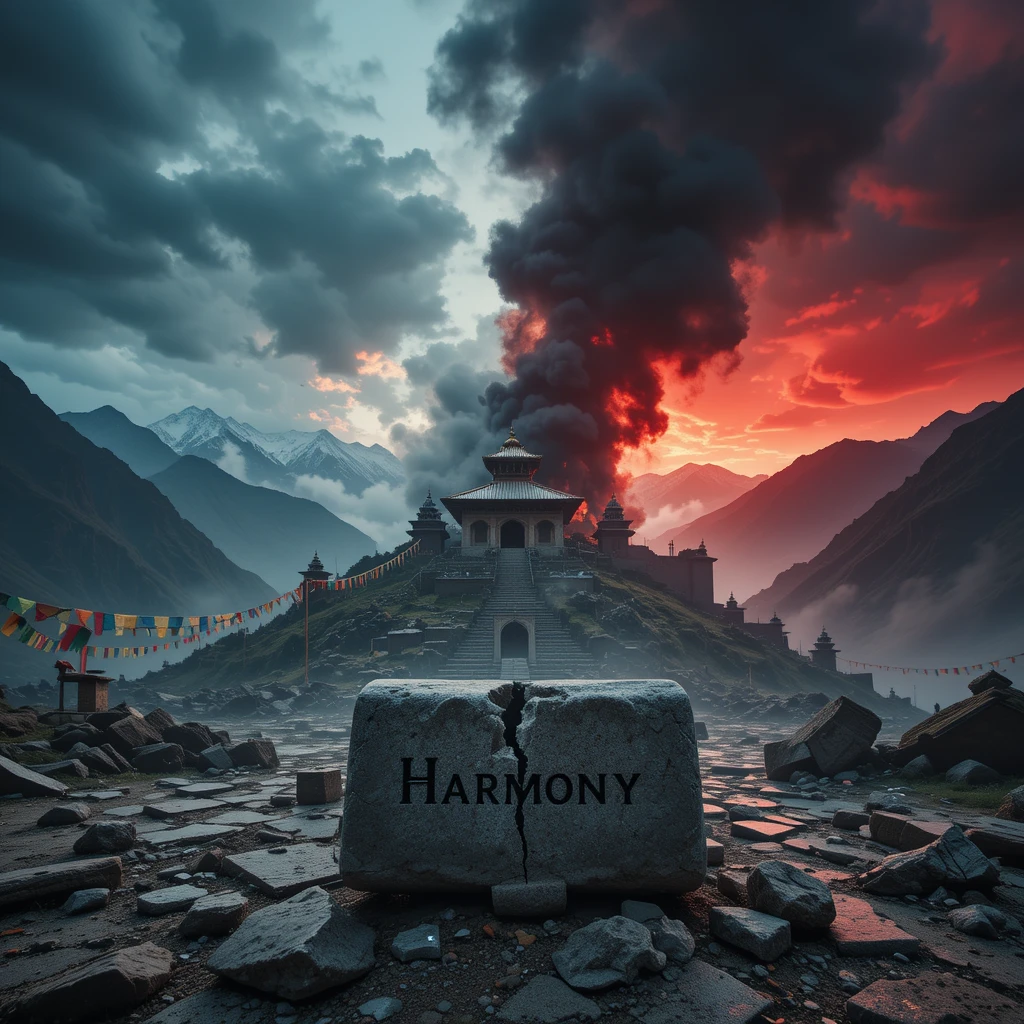
The RSS and Hindu Consolidation: A Divisive Ideology
Khare’s critique centers on the RSS, a Hindu nationalist organization founded in 1925, and its role in fostering communal discord. He highlights the RSS’s campaign of “Hindu consolidation,” which seeks to unify Hindus across caste lines to strengthen national identity [1]. However, this unity often implicitly targets Muslims as the “other.” Khare cites RSS chief Mohan Bhagwat’s slogan, “one temple, one well, and one cremation ground,” as an example of rhetoric that appears inclusive but carries divisive undertones by framing unity against a perceived enemy [1]. He also references the Sangh Parivar’s slogan “batenge to katenge” (if we divide, we will be cut), which suggests that Hindu disunity invites destruction, often at the hands of minorities [1].
The RSS’s influence is well-documented. Scholars note its role in shaping the Bharatiya Janata Party’s (BJP) policies, promoting a Hindu-centric vision through initiatives like cow protection and anti-conversion laws [6]. These policies have marginalized Muslims, fostering a climate of suspicion [7]. Khare argues that a decade of such polarizing politics has eroded inter-community trust, making India vulnerable to external provocations like Pahalgam [1]. For instance, the Citizenship Amendment Act (CAA) and National Register of Citizens (NRC) sparked protests for their perceived anti-Muslim bias, further straining communal relations [8].
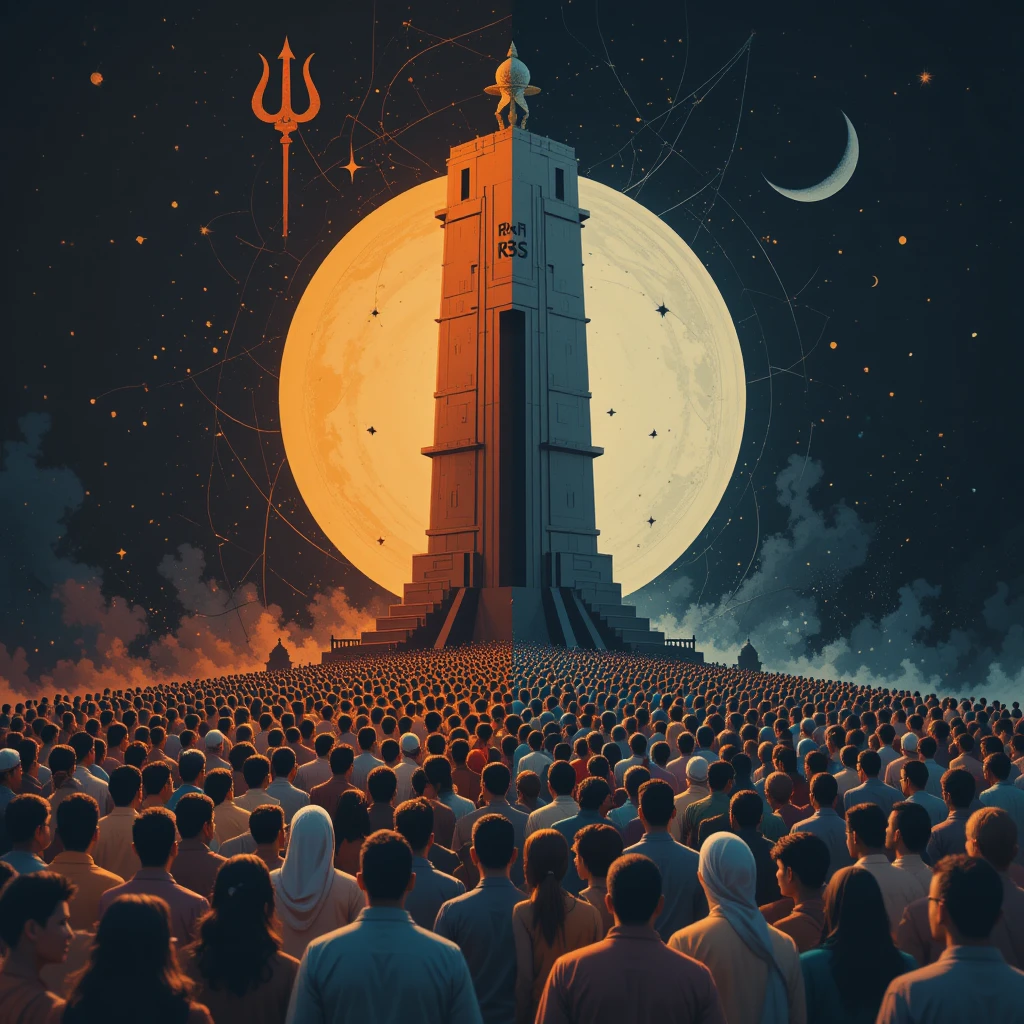
The Political Response: Risks and Precedents
Khare notes the political pressure on Prime Minister Narendra Modi to adopt a “muscular” response, drawing parallels to the 2019 Pulwama-Balakot strikes, which bolstered the BJP’s electoral prospects by rallying nationalist sentiment [1]. The Pulwama attack, where 40 CRPF personnel were killed, led to airstrikes in Pakistan, a move celebrated domestically but criticized for escalating tensions [9]. Khare argues that a similar response to Pahalgam could deepen communal divides, as it risks framing the issue as a Hindu-Muslim conflict rather than a security challenge [1].
The 2002 Gujarat riots serve as a cautionary tale. Following the Godhra train burning, violence against Muslims resulted in over 1,000 deaths, with reports of state complicity [4]. Khare’s earlier work, notably his 1999 article in The Hindu describing Gujarat as a “Hindutva laboratory,” critiqued the RSS’s role in fostering such violence [10]. The Pahalgam massacre, if mishandled, could trigger similar unrest, especially given the RSS’s continued influence over public discourse [6].

The Specter of Civil War and Genocidal Violence
Khare’s warning of a potential “civil war” implies organized, widespread violence between communities [1]. While he does not use “genocide,” the term has been applied to events like the Gujarat riots, where targeted killings of Muslims were systematic [5]. The United Nations defines genocide as acts committed with intent to destroy a group, in whole or in part [11]. The Pahalgam attack, by inflaming communal tensions, could precipitate violence approaching this threshold if retaliatory attacks target specific communities.
Reports indicate rising hate crimes against Muslims in India, with 2023 seeing a surge in mob lynchings and communal clashes [12]. The RSS’s rhetoric, by framing Muslims as threats to Hindu unity, exacerbates this climate [7]. Khare argues that the Pahalgam attack is a “trap” to exploit these divisions, urging India to avoid responses that could escalate into broader conflict [1].
A Call for National Wisdom
Khare advocates for “national wisdom” to counter divisive narratives and rebuild trust [1]. This involves rejecting electoral strategies that exploit communal sentiments and challenging the RSS’s vision of a homogenized Hindu identity. India’s pluralistic ethos, historically a source of resilience, has been strained by polarizing policies [8]. Khare calls for inclusive governance, dialogue, and justice for Pahalgam’s victims to prevent further escalation [1].
Civil society initiatives, such as interfaith dialogues and community reconciliation programs, have shown promise in reducing tensions [13]. Khare’s emphasis on unity echoes recommendations from human rights groups, which urge de-escalation through transparent investigations and equitable policies [14].
Critiquing the RSS: Accountability and Reform
Khare’s critique of the RSS is rooted in its tangible impact on India’s social fabric. By promoting Hindu consolidation, the RSS has contributed to minority marginalization, making India susceptible to provocations like Pahalgam [1]. He challenges the RSS to prioritize national unity over sectarian agendas, replacing slogans like “batenge to katenge” with inclusive rhetoric [1]. Scholars suggest that the RSS’s influence could be tempered by stronger legal frameworks against hate speech and communal violence [15].
Political leaders, Khare argues, must resist the RSS’s influence in shaping responses to crises. The BJP’s reliance on RSS support complicates this, as seen in policies like the CAA [8]. A balanced approach, focusing on security without communal framing, is essential to prevent Pahalgam from becoming a catalyst for unrest.
Conclusion
Harish Khare’s article is a timely warning of the dangers posed by the Pahalgam massacre and the RSS’s role in deepening India’s communal divide. By exploiting external provocations, the RSS’s ideology risks pushing India toward conflict, with parallels to past atrocities like the Gujarat riots. National wisdom, as Khare advocates, requires rejecting divisive rhetoric, fostering inclusivity, and prioritizing justice. Only by addressing the root causes of communal mistrust can India thwart the “invitation to civil war” and preserve its pluralistic identity.
References
- Khare, H. (2025, April 24). “After Pahalgam, the Real Test of India’s National Wisdom—Thwarting the Invitation to Civil War.” The Wire.
- The Times of India. (2025, April). “Pahalgam Attack: Terrorists Target Pilgrims in Jammu and Kashmir.”
- BBC News. (2017, July 11). “Amarnath Yatra Attack: Seven Pilgrims Killed in Kashmir.”
- Human Rights Watch. (2002). “We Have No Orders to Save You: State Participation and Complicity in Communal Violence in Gujarat.”
- Nussbaum, M. C. (2007). The Clash Within: Democracy, Religious Violence, and India’s Future. Harvard University Press.
- Jaffrelot, C. (2015). The Sangh Parivar: A Reader. Oxford University Press.
- Amnesty International. (2020). “India: Human Rights Under Threat in an Era of Rising Hindu Nationalism.”
- The Guardian. (2020, February 25). “Delhi Riots: 46 Dead as India’s Capital Faces Worst Communal Violence in Decades.”
- Al Jazeera. (2019, February 26). “India-Pakistan Tensions: What Happened in Balakot?”
- Khare, H. (1999). “Gujarat: The Hindutva Laboratory.” The Hindu.
- United Nations. (1948). “Convention on the Prevention and Punishment of the Crime of Genocide.”
- IndiaSpend. (2023). “Hate Crimes in India: A Surge in Communal Violence.”
- The Hindu. (2024, June 10). “Interfaith Dialogues Gain Traction in Response to Communal Tensions.”
- Human Rights Watch. (2025). “India: Addressing Communal Violence Through Justice and Reconciliation.”
- Frontline. (2023, August). “The RSS and India’s Communal Fault Lines: A Need for Legal Reforms.”

